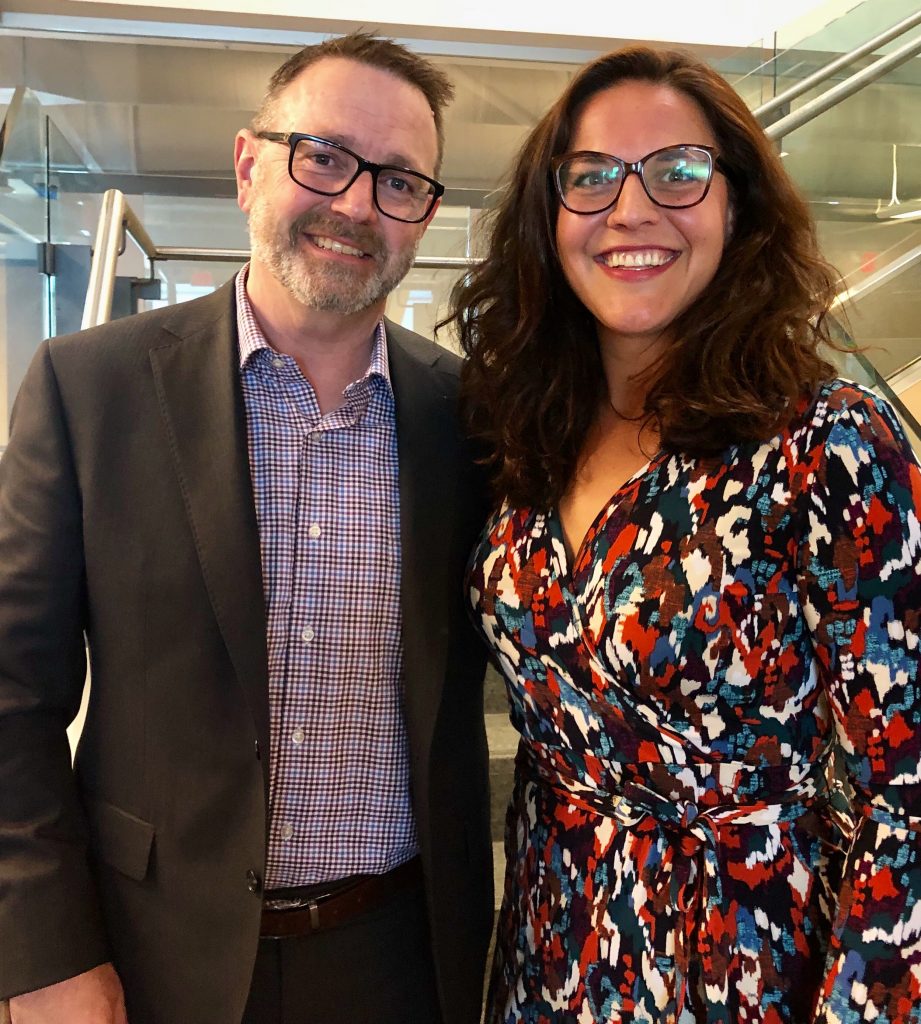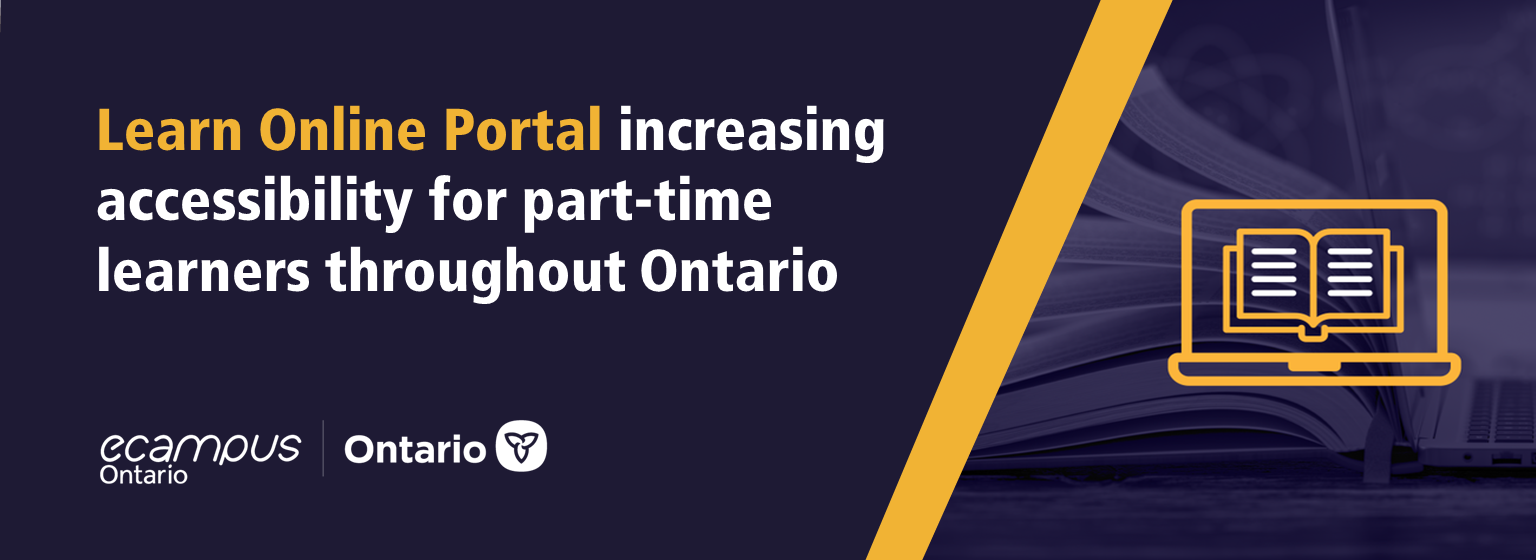
Warning: Undefined variable $post in /var/www/html/rc-ecampus.ecampusontario.ca/wp-content/themes/ecampusontario/functions.php on line 183
Warning: Attempt to read property "ID" on null in /var/www/html/rc-ecampus.ecampusontario.ca/wp-content/themes/ecampusontario/functions.php on line 183
5 min. Read
Interview: How technology can help strengthen trust in higher education
Photo by rawpixel.com from Pexels
A white paper written by William Gage, Associate Vice-President Teaching and Learning at York University, and Michelle Sengara, PhD, sheds light on the role of technology in higher education, focusing on its potential to create a more robust system of authentic assessment. The paper is part of a larger project that strives for a better alignment between university learning and assessment with the skill-based needs of a shifting marketplace.
eCampusOntario spoke with Sengara about the paper and its potential to influence a larger culture shift.
You’ve been working on a new course model prototype since 2015. What sparked the idea initially and what has the process entailed so far?
Michelle Sengara (MS): Straight out of the gate in his role as AVP, Teaching and Learning, Will Gage was interested in innovating. He said, “I want you to envision what higher education could look like in 5 or 10 years!” He put together an agile team of three: Kelly Park, who is our tech lead, myself as instructional lead and Carolyn Steele, PhD, as our cultural integration specialist. He told us, “I want you to think completely outside of the box.”
We gathered data on the current (2015) teacher and student experience at York through the student resource center, the teaching commons and our domain specific research as academics. I brought research from e-learning, Carolyn brought research around digital media integration at the cultural level and Kelly brought research around A.I. (Artificial Intelligence) and integration. We also had community consultations with specific administrative stakeholders, like the Registrar, University Provost and Director of Faculty Relations.
And you decided to write a white paper to describe the prototype?
MS: The white paper describes the prototype we envisioned as a result of our research, and we considered some of the larger forces that shape technology-mediated learning and assessment in the paper as well.
We also wanted the paper to be accessible to an audience far outside the journal-based audience. Students should be able to read it, instructors should be able to read it and administrators should be able to read it. Change makers, thought leaders and tech innovators should all be engaged by its premise. Our audience is much bigger in a white paper format.

Image 1: William Gage and Michelle Sengara, the paper’s authors
Your paper talks about the idea of shifting assessment models so that technology becomes a tool, instead of changing policies around technology itself. Can you elaborate on that?
MS: It’s really about a shift in cultural mindset. There is a lot of pushback when it comes to technological integration and some of it is completely justified. What we believe to be a precursor to people feeling better about technology is to give people really authentic ways of using it.
In our prototype, our team is looking at technology-enhanced assessments that are experiential, accessible, easily-personalized and have academic integrity, where people really have a sense of validity and accountability in the development of measured outcomes. Someone will graduate with an A and you know it’s an A, not because they’ve checked the boxes, but because they’ve demonstrated learning in a more relevant and valuable way. If we can introduce technology in assessment and get people excited about it, then that is a potential pathway to more efficient and effective integrations of technology at a cultural level.
What challenges might institutions trying to implement some of these changes face?
MS: The main obstacle that many institutions will face when working with new ways of assessing is a fear of the new, fear of change. Student pushback is going to circle around the fact that they’re being asked to do things they’ve never done before and it changes the way they are graded. Teacher pushback is around something new that will take a bunch of time they don’t have and ask them to remake the wheel. Administrative pushback can be around the contract legalities, and infrastructure limitations that take an investment of time and money to shift. By approaching each of these stakeholder groups with open ears, patience and collaborative planning, they become participants in the process of prototyping and iteration, which is critical to large-scale, long-term institutional change.
What are some of the benefits that learners, educators and institutions might gain from embracing this type of shift in how we assess learning using technology?
MS: We see authentic assessment as the lynchpin to an engaging, trustworthy academic experience within a rapidly changing world. By measuring not only the content knowledge of a course, but the process skills that a student is developing through their inquiry of content (critical thinking, problem solving) and their demonstration of learning (empathy, communication), you begin to value what’s valuable. By promoting growth as well as proficiency, you get these dynamic feedback channels between student and instructor that yield meaningful assessments and still adhere to robust academic standards. This system of evaluation that connects students to skills, and provides them with supportive feedback, is something technology is going to help us do more efficiently and effectively within each course, and at scale.
What’s next for your team?
MS: We’re really focused on continuing to highlight the need for this assessment shift, and the role that technology can play in achieving it. In addition, the perpetual model will be scaling up to three prototype courses this September in three different content areas. We want to demonstrate that this model of teaching and learning works, regardless of the curricula subject matter, that skills like critical thinking, empathy and problem-solving can be taught and embedded into a course design no matter what you’re teaching.
Click this link to read the full white paper: https://yorkspace.library.yorku.ca/xmlui/handle/10315/36069



